29 products
-
Money Plant Golden
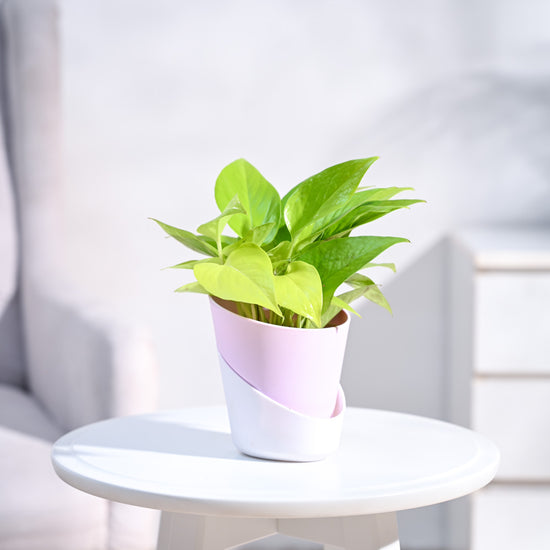 Money Plant Golden
Money Plant Golden- Regular price
-
From
₹249 - Regular price
-
₹299 - Sale price
-
From
₹249
-
Peperomia Green Plant
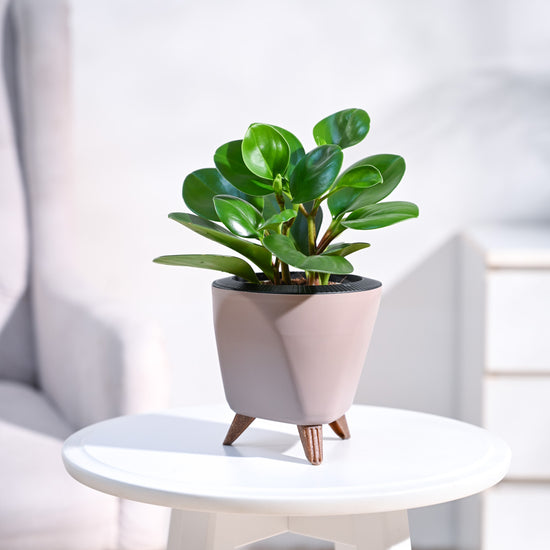 Peperomia Green Plant
Peperomia Green Plant- Regular price
-
₹249 ₹499 - Regular price
-
₹299 - Sale price
-
₹249 ₹499
-
Syngonium Pink Plant
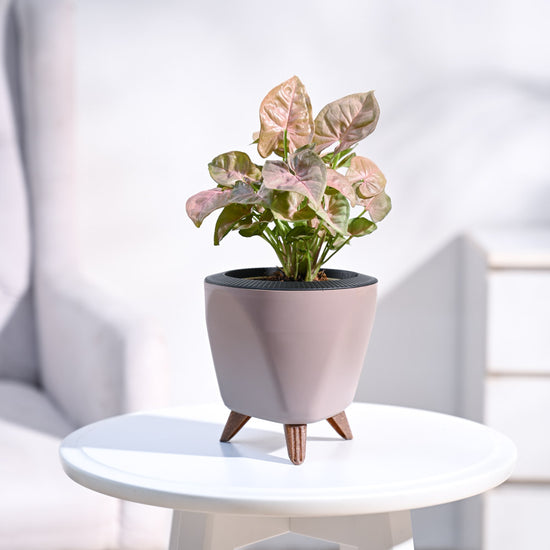 Syngonium Pink Plant
Syngonium Pink Plant- Regular price
-
From
₹249 - Regular price
-
₹299 - Sale price
-
From
₹249
-
Chlorophytum Spider Plant
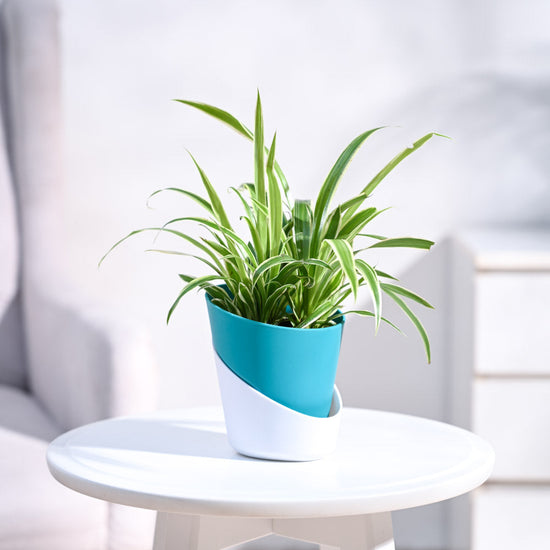 Chlorophytum Spider Plant
Chlorophytum Spider Plant- Regular price
-
₹249 ₹799 - Regular price
-
₹299 - Sale price
-
₹249 ₹799
-
Betel Leaf Plant (Magai Paan)
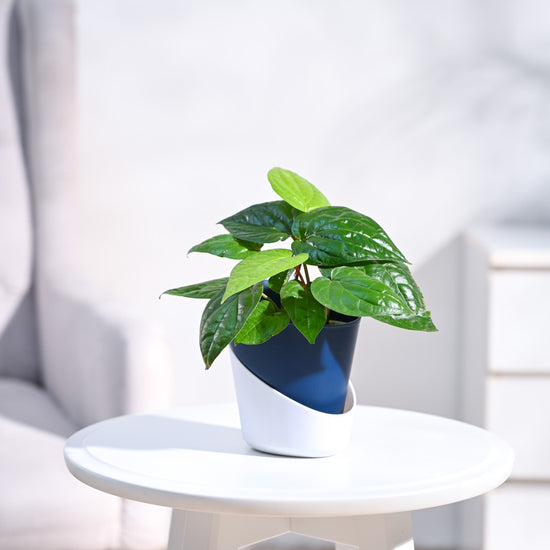 Betel Leaf Plant (Magai Paan)
Betel Leaf Plant (Magai Paan)- Regular price
-
₹249 ₹499 - Regular price
-
₹299 - Sale price
-
₹249 ₹499
-
Money Plant Variegated
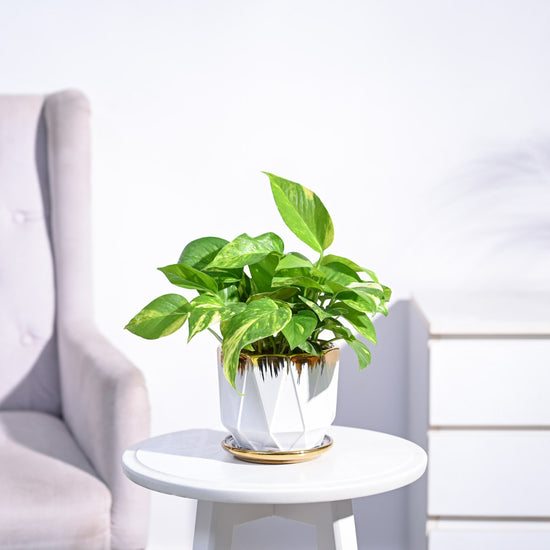 Money Plant Variegated
Money Plant Variegated- Regular price
-
From
₹249 - Regular price
-
₹299 - Sale price
-
From
₹249
➡About Creeper Plants:
Creepers are commonly used in gardens, parks, and other outdoor areas for their aesthetic appeal and functional purposes. Creeper plants are low-maintenance and easy to grow, making them an ideal choice for beginners and seasoned gardeners alike.➡Features of Creeper Plants:
Creeper plants come in a wide range of shapes, sizes, and colors, depending on the species. They can be deciduous or evergreen and may produce flowers, foliage, or both. Some common features of creeper plants include their ability to spread quickly, their adaptability to different growing conditions, and their ability to improve soil quality and prevent soil erosion.➡Creeper Plants Uses:
Creeper plants have many uses, including:❇Decorative purposes:
Creeper plants are often used in landscaping to create a beautiful and natural-looking environment. They can be used to cover walls, arches, and pergolas, or to create a lush green carpet on the ground.❇Privacy screening:
Creeper plants can be used to create a natural screen or barrier for privacy, especially when grown on a trellis or wall.❇Soil conservation:
Creeper plants can help prevent soil erosion by holding the soil in place with their extensive root systems.❇Air purification:
Creeper plants can improve the air quality by absorbing pollutants and releasing oxygen.❇Food production:
Some creeper plants, such as grapes, passionfruit, and kiwi, can be used to produce fruit.➡Where to Place Creeper Plants according to Vastu:
In Vastu Shastra, it is believed that creeper plants should be placed in the north or east direction of the house to attract positive energy and prosperity. They can also be placed in the balcony or garden area to create a soothing and relaxing environment.➡Types of Creeper Plants:
There are many types of creeper plants, including:✅Ivy Creeper:
Ivy creeper is a popular choice for creating a green wall or fence. It has small, glossy leaves and can grow up to 50 feet long.✅Climbers and Creepers:
Climbers and creepers are similar in that they both grow vertically, but climbers require support to climb, while creepers can spread along the ground.✅Flowering Creepers:
Flowering creepers, such as bougainvillea and morning glory, are popular for their colorful blooms and can be grown on walls, trellises, or as hanging plants.✅Money Plant Creeper:
Money plant creeper, also known as Pothos, is a popular indoor plant that can grow in low light conditions and purify the air.✅Hanging Creeper Plants:
Hanging creeper plants, such as string of pearls and English ivy, are perfect for hanging baskets and adding greenery to small spaces.➡Creeper Plants Benefits:
Creeper plants have many benefits, including:❇Improving air quality:
Creeper plants absorb carbon dioxide and other pollutants from the air, releasing oxygen and improving air quality.❇Reducing noise pollution:
Creeper plants can absorb sound waves and reduce noise pollution, making them ideal for growing along busy roads or highways.❇Enhancing aesthetics:
Creeper plants can enhance the aesthetics of a garden or outdoor area with their vibrant foliage and flowers.❇Providing shade:
Creeper plants can provide shade and reduce heat in outdoor areas, making them ideal for hot climates.➡Indoor Creeper Plants Care:
Creeper plants are a great way to add some greenery and visual interest to any indoor space. They can grow in a variety of conditions and add a natural touch to any room. However, it is important to care for them properly to ensure they thrive.Here are some tips for taking care of indoor creeper plants:
◾ Light:
Most indoor creeper plants require bright, indirect sunlight. Place them near a window that gets some morning or afternoon sun but is shaded during the brightest part of the day. If you don't have a window with enough light, you can supplement with artificial light.◾ Water:
Creeper plants generally prefer to be kept moist but not waterlogged. Water them when the top inch of soil feels dry to the touch. Avoid overwatering as it can lead to root rot and other issues.◾ Fertilizer:
Indoor creeper plants benefit from regular fertilization. Use a balanced fertilizer once a month during the growing season (spring and summer). Reduce or stop fertilization during the dormant season (fall and winter).◾ Pruning:
Prune your indoor creeper plants regularly to keep them from getting too leggy or overgrown. Pinch back the tips of the vines to encourage branching and bushier growth. Remove any dead or yellowing leaves.◾ Pests:
Keep an eye out for pests like spider mites, mealybugs, and scale insects. Treat any infestations promptly with an insecticidal soap or neem oil.➡Why to buy from Ugaoo:
If you're looking to buy indoor creeper plants, Ugaoo is a great option. They offer a wide variety of high-quality plants, including many types of creepers.Here are some reasons to choose Ugaoo:
▶ Quality:
Ugaoo's plants are grown with care and are of high quality. They take great pride in their plants and ensure that they are healthy and vibrant.▶ Selection:
Ugaoo offers a wide variety of creeper plants, including ivy creepers, wall creeper plants, money plant creepers, and more. They also offer both flowering and non-flowering varieties.▶ Convenience:
Buying from Ugaoo is convenient and easy. You can shop from the comfort of your own home and have your plants delivered right to your doorstep.▶ Expertise:
Ugaoo has a team of experts who can help you choose the right plants for your needs and provide advice on how to care for them.▶ Value:
Ugaoo's prices are competitive and offer good value for the quality of their plants.In conclusion, indoor creeper plants are a great way to add some greenery to your home. They are easy to care for and come in a wide variety of types and colors. If you're looking to buy indoor creeper plants, Ugaoo is a great option thanks to their high-quality plants, wide selection, convenience, expertise, and value.












